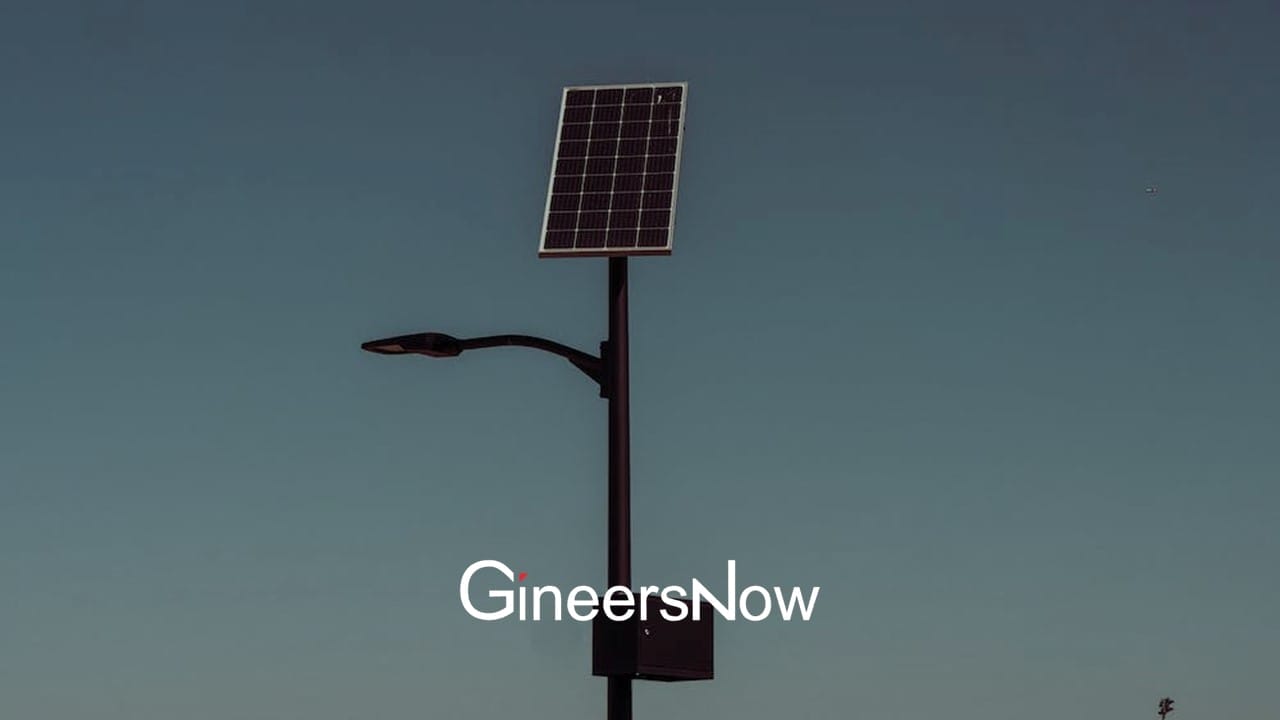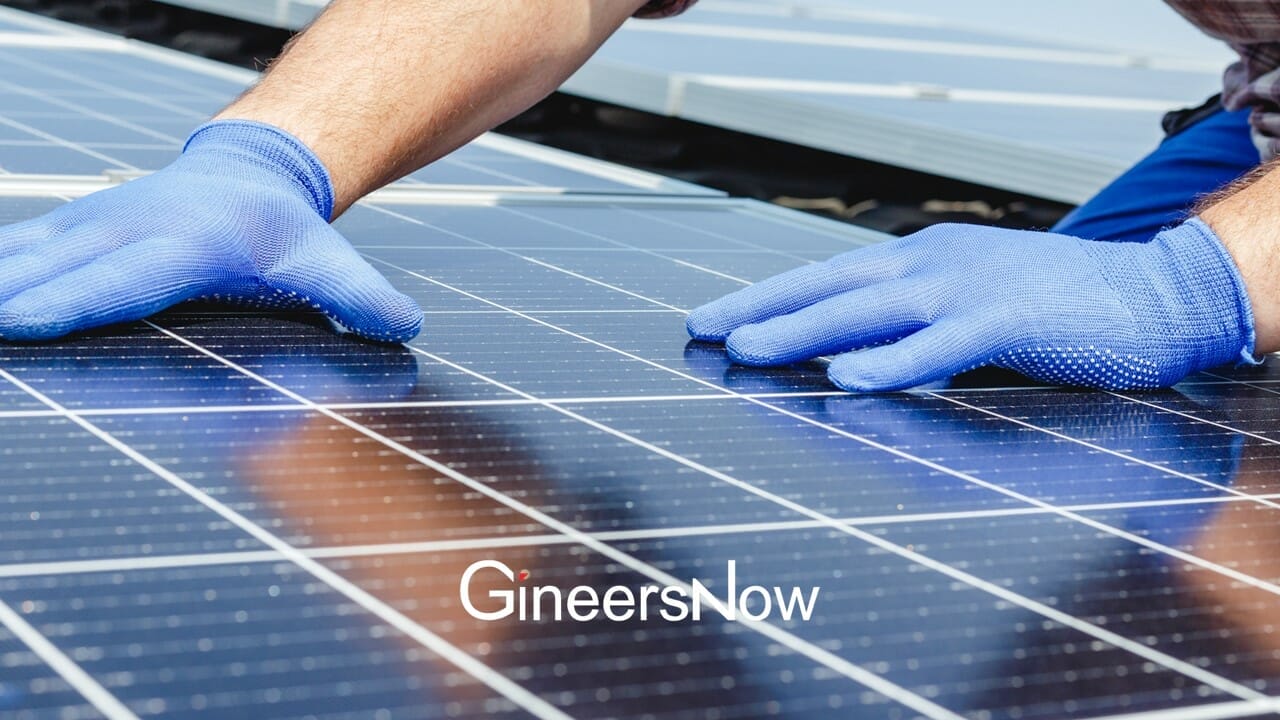Using OPVs to Power Skyscrapers
Shaping the skylines of cities all over the world, skyscrapers are not only aesthetically beautiful, but provide vital floorspace for offices and inner-city homes. However, drawing power from the traditional carbon fuel grid, high-rise buildings are notoriously energy inefficient, contributing to air pollution and carbon emissions in major metropolises.
Matthew Stone, NextGen Nano’s Chairman, recently suggested that organic photovoltaic (OPV) cells could play a transformative role in skyscraper construction, facilitating a switch from energy inefficiency to sustainability.
Skyscrapers provide home and office space for vast numbers of people. They are notoriously energy inefficient, however, requiring much more energy than low-rise buildings.
One study suggested that high-rise office buildings needs more than twice as much power as low-rise office buildings. Skyscrapers also require 40% more gas to power heating, effectively doubling total CO2 emissions.

Glass skyscrapers are inefficient at retaining heat. Due to high temperature extremes, combined with the inability to open windows and circulate air, skyscrapers require constant air conditioning throughout the summer months. This creates somewhere in the region of 60% more CO2 emissions than buildings relying on natural ventilation.
According to statistics published by the United Nations, between now and 2050 the global urban population will rise from 3.6 billion to 6.3 billion. As growing numbers of people abandon small, rural villages for life in big metropolises, experts predict that high-rises will play an increasingly important role in providing precious inner-city square footage for both businesses and homes.
OPVs present a powerful opportunity to harvest energy from the sun, facilitating a transition from the national grid, largely driven by fossil fuels, to decentralised, clean and independent energy.
OPV technology could potentially be used to transform glass windows into solar panels, unobtrusively generating electricity to power buildings while simultaneously enabling occupants to enjoy natural light. With 8.3 billion square metres of glass installed annually in new constructions worldwide, solar energy presents vast opportunities in terms of reducing carbon emissions produced by high-rise buildings. By installing building-integrated photovoltaics (BIPVs), constructors could not only reduce building material and labour costs, but facilitate migration to sustainable green energy, significantly reducing CO2 emissions and pollution in major cities worldwide.
Photovoltaic cells absorb photons from semiconducting materials, transferring energy to electrodes in the form of an electrical current. The process does not require fossil fuels or other materials that create air pollution.
Unlike some forms of photovoltaic cell, OPV panels are produced from environmentally friendly materials. Historically, OPV panels had a major disadvantage to other types of BIPV products in that they typically generated lower power efficiency. Nevertheless, recent breakthroughs by NextGen Nano look set to revolutionise the renewable energy industry, facilitating the global transition to green energy.
With a management team that includes Director of Operations Duncan Clark, NextGen Nano focuses on empowerment of the individual, utilising cutting-edge nanotechnology to decentralise the global energy industry. Through its innovative PolyPower product range, NextGen Nano has developed a new generation of OPVs, significantly improving energy efficiency.
Made using earth-friendly organic materials, NextGen Nano’s products are not only affordable, but incredibly versatile. Constructed from lightweight and flexible materials, the PolyPower range has exciting potential. It could be applied as semi-transparent layer to skyscraper windows, facilitating electricity generation, lighting and temperature control.
NextGen Nano’s accomplishments could significantly advance energy efficiency in skyscrapers all over the world, promoting environmental sustainability and breathing much needed clean air into major cities. NextGen Nano’s groundbreaking PolyPower products could also aid decentralisation of the global energy industry, providing businesses and consumers with energy independence and autonomy.














